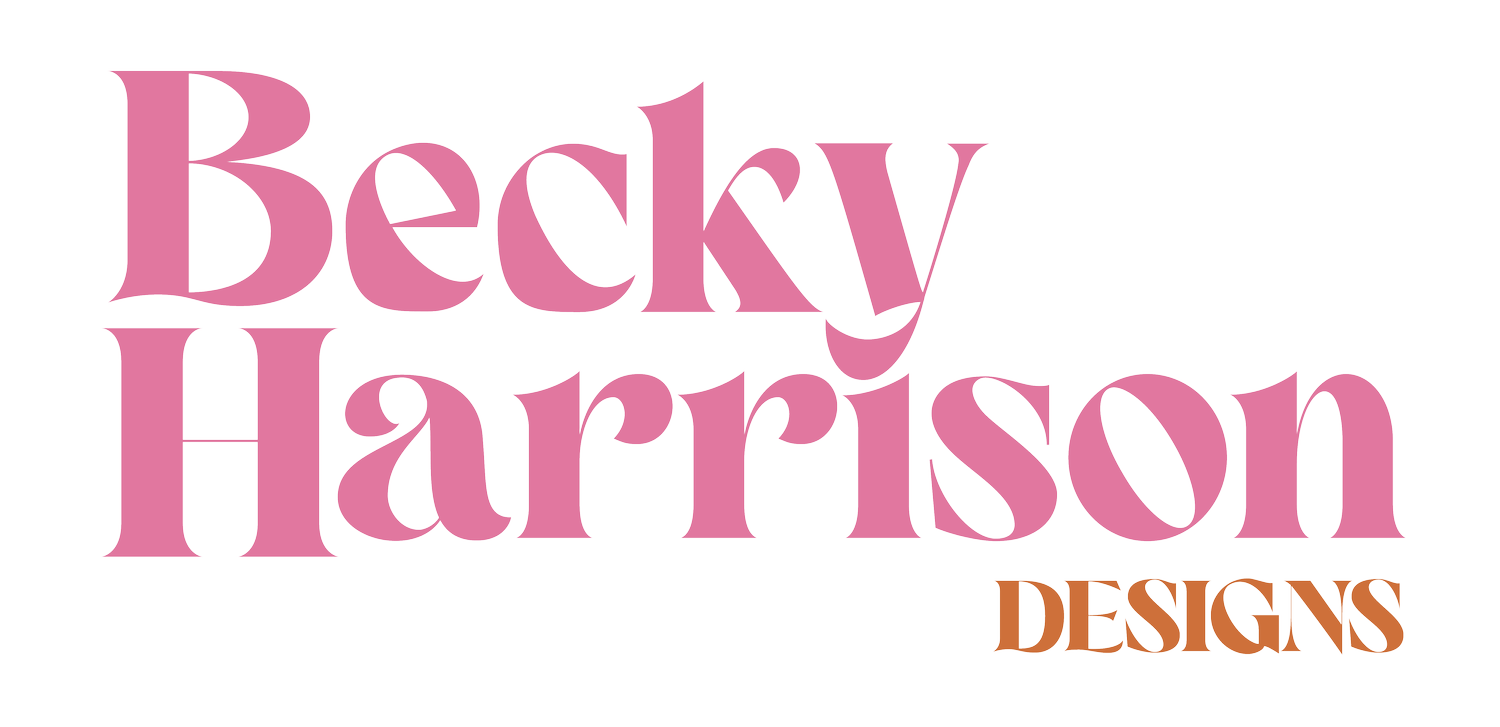Using colour in your home
I’ll bet you’ve considered what colour to paint a room but have you ever actually thought about how you would like the room to make you feel?
Having a basic understanding of the psychology of colour can be transformational in your home.
Colour is everywhere and most of the time we are not aware of it – until we step into a room that makes us feel awkward or immediately at home.
Colour has the power to influence us on mental, physical and emotional levels and to make it a bit trickier to understand, it is also highly personal. Whereas I find most shades of grey bland there are many people in the world who find it calming and love using it in their homes and get this; there is no right and wrong here! This is why it is so important to understand how different colours make you feel.
As Karen Haller writes in her book The Little Book of Colour, “when you love colour, it loves you back”.
Now, it is no secret that I love colour. I dress brightly and boldly and tend to avoid colours that don’t bring me joy. I find it empowering and I love the attention that wearing colour attracts, most days that I actually leave my house (I am a real home bird so this is a rare occurrence!) someone will comment on the colours I am wearing and it gives me such a thrill to share that joy. Of course, not everyone wants to dress like a rainbow but I think it is time we threw the “rule” book out and started expressing ourselves more through our colour choices.
The language of colour is rich and layered.
-Conran on Colour - Terrance Conran
Before we go any further, let’s delve into what colour is. We will keep it high level, Sir Isaac Newton was the first to demonstrate in his prism experiments that different colours correspond to different wavelengths of light. Science bit = done! However colour is not that straight forward as illustrated in the quote below that I have loved since I was studying Psychology at Bournemouth University many (many) moons ago:
“What you see, when you see a thing depends on what the thing you see is. But what you see the thing as depends upon what you know about what you are seeing”
Fodor & Pylshyn (1981)
That, to me, is what is so interesting about colour; it is not just about wavelengths, it is also about our personal colour associations, dependent on the cultural and symbolic meanings we attach to it and also the psychological meaning it evokes within us. Now, that’s a lot of work that colour is doing and the really crazy part is that in the main our reaction to colour is often unconscious and totally instinctive.
Colour speaks to us in a language we understand instinctively
Not only that but our reaction to colour can change over time. As a young child, I did not like pink and now it is one of my favourite colours. There is also lots of research to suggest that world events dictate how we feel about and want to use colour. During the pandemic, it was widely noticed that there was a real shift towards people using more natural colours such as blue and green in their homes as people sought to turn their spaces into places of refuge.
“It's safe to say people [were] looking for colours that bring a sense of calm to their space, and ones that also lighten and brighten up their homes,”
said designer Nicole Gibbons, founder and CEO of Clare Paint.
This is not a new phenomenon as during WWII sales of red lipstick increased as not only did it make women feel more feminine (which they were actually encouraged to be during government campaigns at the time) but it also made them feel like they were defying the difficult times that were happening around them.
Colour is not just a visual stimulus, it also delivers an emotional experience
Until next time,
Becky x
